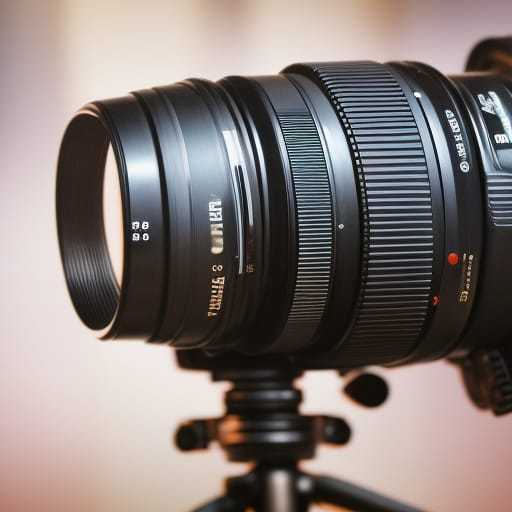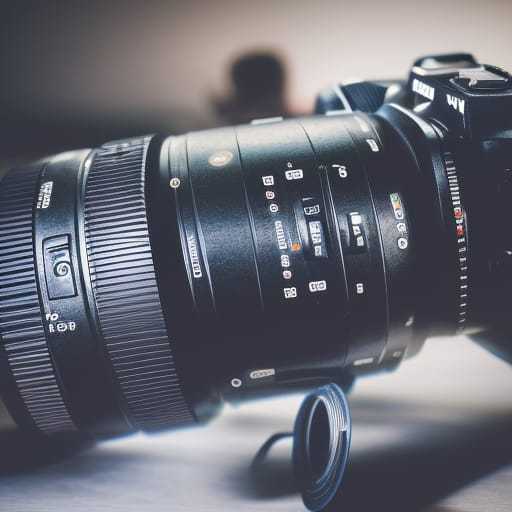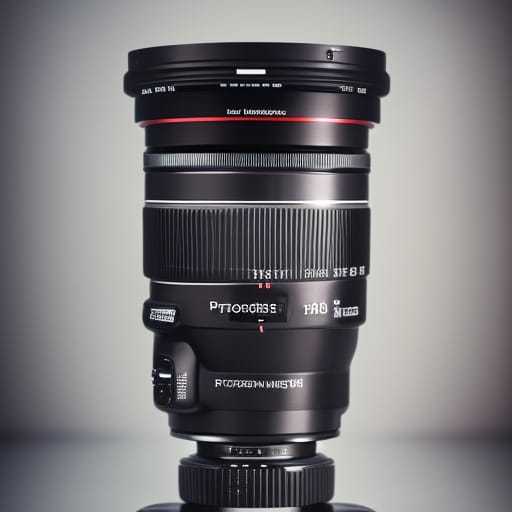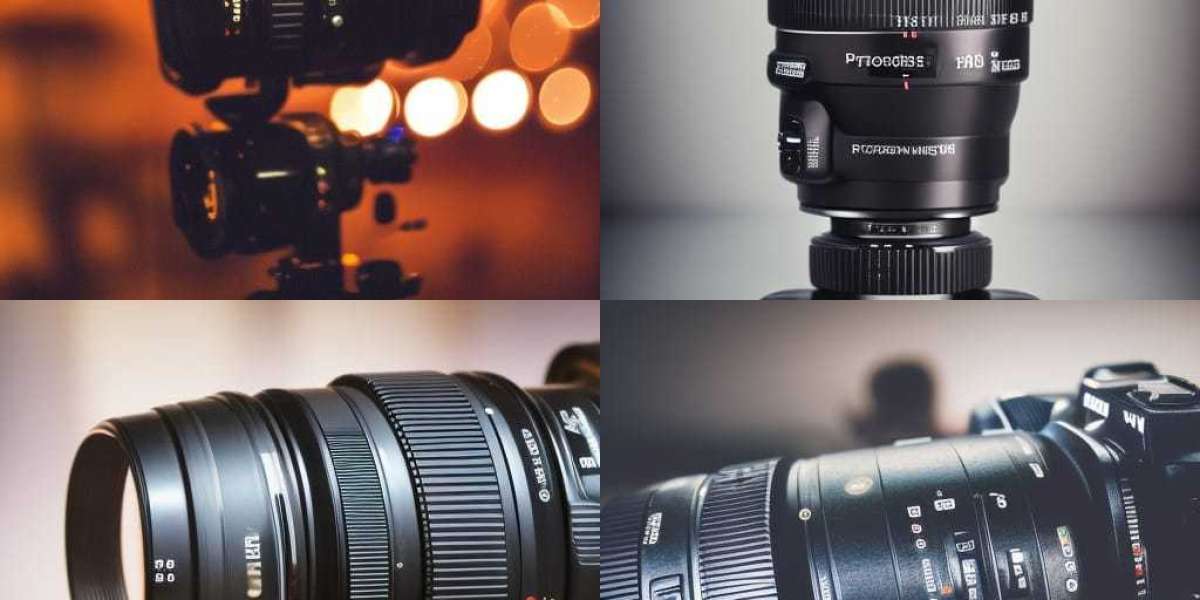SLR (Single-Lens Reflex) camera lenses have been a standard in photography for many decades, but the technology has evolved significantly over time. While the basic design of the SLR camera lens has remained largely the same, advancements in lens coatings, optical formulas, and the use of computer-aided design have resulted in lenses that are sharper, faster, and more versatile than ever before.
In recent years, mirrorless cameras have gained popularity, and many photographers have switched from SLR cameras to mirrorless ones. Mirrorless cameras use a different type of lens mount, which means that lenses designed for SLR cameras cannot be used on mirrorless cameras without an adapter. However, many lens manufacturers are now producing lenses specifically designed for mirrorless cameras, which offer the same high-quality optics and functionality as SLR lenses.
Overall, while the basic design of SLR camera lenses may be considered a status quo, the technology and capabilities of these lenses continue to evolve and improve over time.
SLR camera lenses are complex optical instruments made up of various parts that work together to capture high-quality images. Here are some of the main parts of an SLR lens:
Lens elements: A lens is made up of several glass or plastic elements that work together to focus light onto the camera's sensor or film. The shape, size, and arrangement of the elements play a critical role in determining the lens's optical properties.
Aperture blades: The aperture blades control the amount of light that enters the lens. They are located inside the lens and can be adjusted to make the aperture larger or smaller, allowing the photographer to control the depth of field and exposure.
Focus ring: The focus ring is used to manually adjust the lens's focus, allowing the photographer to achieve sharp focus on their subject.
Zoom ring: Some lenses feature a zoom ring that allows the photographer to change the lens's focal length and adjust the composition of the image without physically moving closer or further away from the subject.
Mount: The mount is the part of the lens that attaches to the camera body. Different camera brands have different lens mounts, and lenses can only be used on cameras with compatible mounts.
Filter thread: Many lenses have a filter thread on the front of the lens that allows the photographer to attach filters such as polarizers, neutral density filters, or protective UV filters.
Image stabilization: Some lenses have image stabilization technology built-in, which helps to reduce camera shake and produce sharper images in low light conditions.
Overall, the design of SLR camera lenses is complex, with many parts working together to produce high-quality images. Each part plays a critical role in the lens's performance, and advancements in technology have allowed for more sophisticated lens designs and features.












Naveed Iqbal 1 y
the mirror less cameras are just amazing.. wonderful